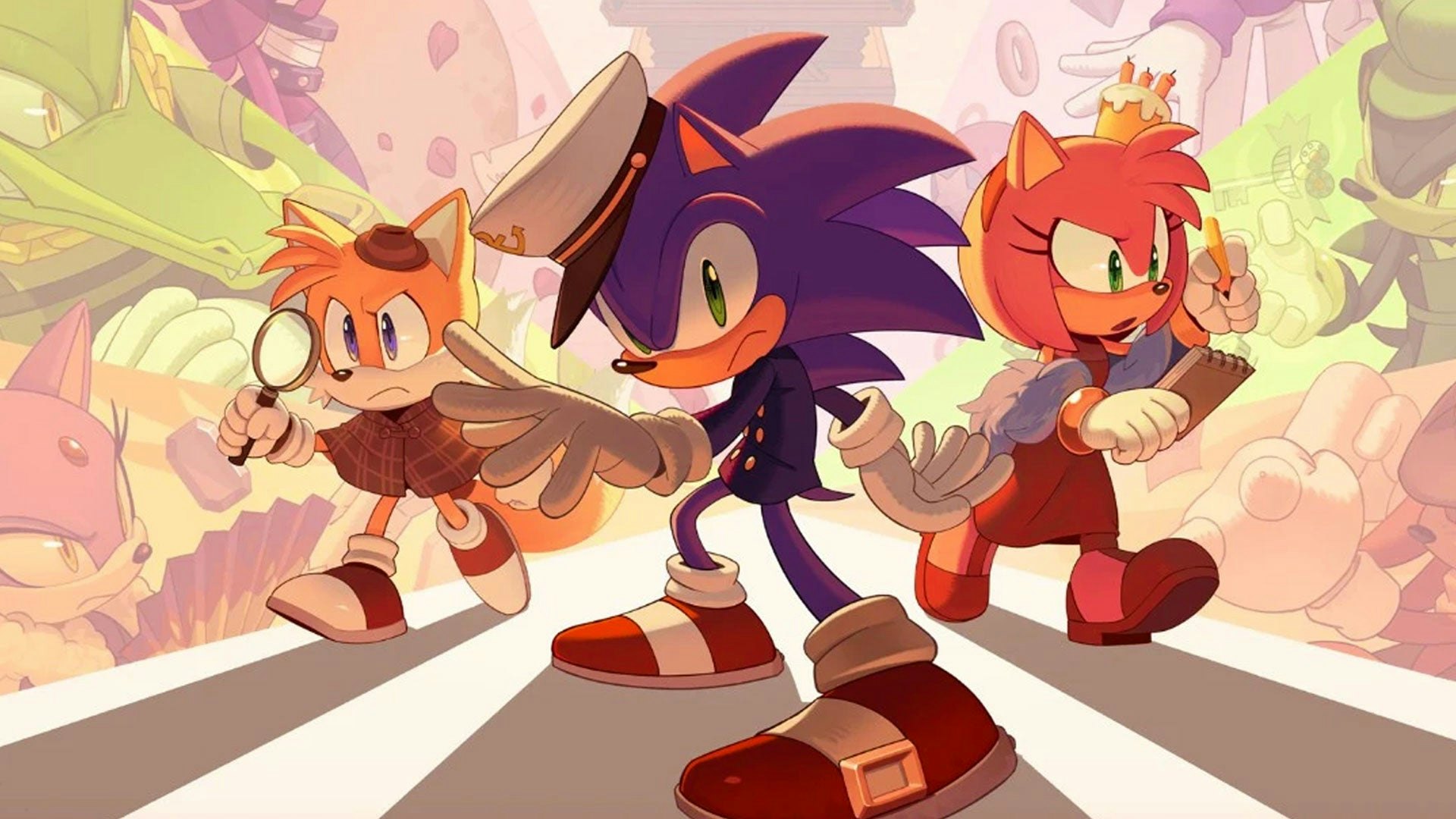
The Sonic the Hedgehog series has never been afraid of taking risks. Starting as a 2D platformer, it took a strange turn to an overhead perspective for Sonic 3D Blast, then moved fully into three dimensions with Sonic Adventure, which also featured a full creature-raising minigame. Then there’s the infamous 2006 Sonic the Hedgehog, which featured a genuinely upsetting cutscene of Dr. Robotnik bombing a city and the arguably just-as-upsetting scene of a human woman smooching Sonic.
Even in all of that, Sonic Spinball is a wild turn. Released in 1993, it revolves around Sonic infiltrating Dr. Robotnik’s base, which is protected by a defense system that looks suspiciously like a giant pinball machine. Really, it’s just a pinball game. Aside from the characters, it’s got nothing to do with Sonic at all.
Sonic Spinball launched to middling reviews, and for very good reason: This game is, as the kids would say, totally mid. What makes it such an interesting artifact today isn’t anything special that the game does — it’s the fact that it exists at all.
From the start, Sonic the Hedgehog was a wild success, selling 2 million copies in its first year. Sega followed up the first game with the also extremely successful Sonic the Hedgehog 2 the next year. But when it came time for the series’ third installment, Sega realized it would miss the 1993 holiday season, according to Ken Horowitz’s “Playing at the Next Level: A History of American Sega Games,” and thus, miss the chance to make wheelbarrow full of money.
The idea of a pinball game came from research by Sega marketers who found that Sonic the Hedgehog 2’s Casino Night Zone — which featured bumpers and other obstacles reminiscent of pinball machines — was one of the game’s most popular levels, Horowitz writes. Sega gave its American offshoot, the Sega Technical Institute, just nine months to develop the game.
The institute needed every moment of those nine months to finish the job, most of which was done without much direct input from the Japanese wing of Sega. In one particularly revealing anecdote from “Playing at the Next Level,” the disconnect was so great that the studio didn’t realize that Sega had refused to pay increased licensing fees for Sonic’s main theme to Masato Nakamura, the musician who owned the rights. The team used the original theme, only realizing the mistake when a Japanese staff member noticed it during a party to celebrate the game’s completion, and the team had to scramble to replace the song that night.
Knowing that Sonic Spinball is basically a product of marketing does make its origin more understandable, but it’s still kind of a baffling game. The Sonic series has never been shy about spinoffs, with educational software, fighting games, and plenty of puzzles in its history. While it’s not a great game, there is something genuinely exciting about the era of games it represents, where studios seemed more willing to just throw wild ideas at the wall and turn whatever stuck into a game.

As strange as a pinball game starring Sonic sounds, is it any weirder than Mario Kart pitting Mario against all his friends and enemies in go-kart races? Sure, some of those spinoffs may have been blatant cash grabs, but an age of reckless experimentation at least feels more exciting than one of tight-fisted control of franchises.
And maybe that era is coming back, if it ever really ended. In the mobile game space in particular, developers seem willing to mold their iconic series into whatever shape they can for off-beat spinoffs. Take the endless runner Mario Run, for instance, or the Hitman Go and Lara Croft Go puzzle games. Even the far more niche Yoko Taro is getting in on the action with the Nier: Reincarnation gacha game.
With this year’s release of The Murder of Sonic the Hedgehog — a murder mystery visual novel — the series that produced some of the Genesis era’s more bizarre spinoffs is now back in the game. I’m not necessarily saying you should run out and play Sonic Spinball today, but it’s at least worth remembering as an icon of the IDGAF theory of spinoffs that maybe we could use more of today.







